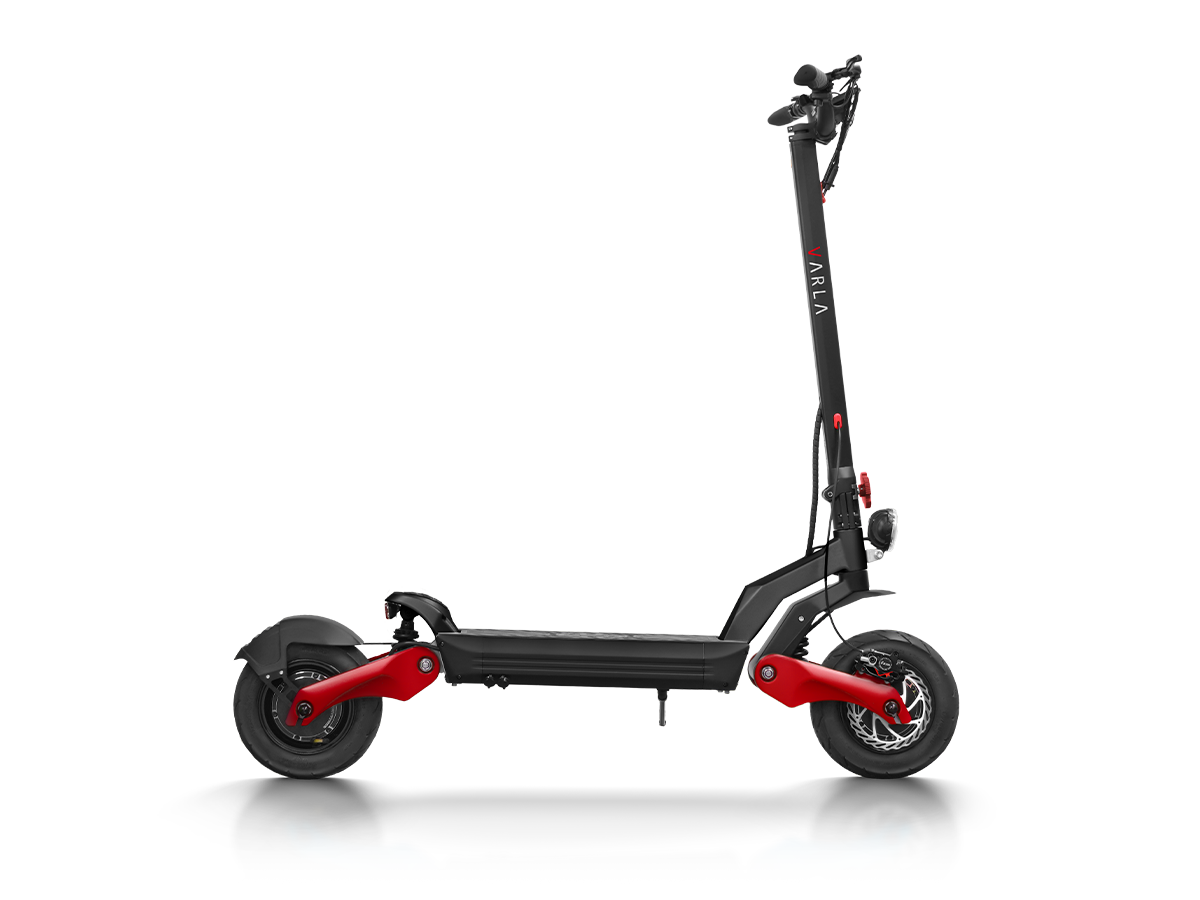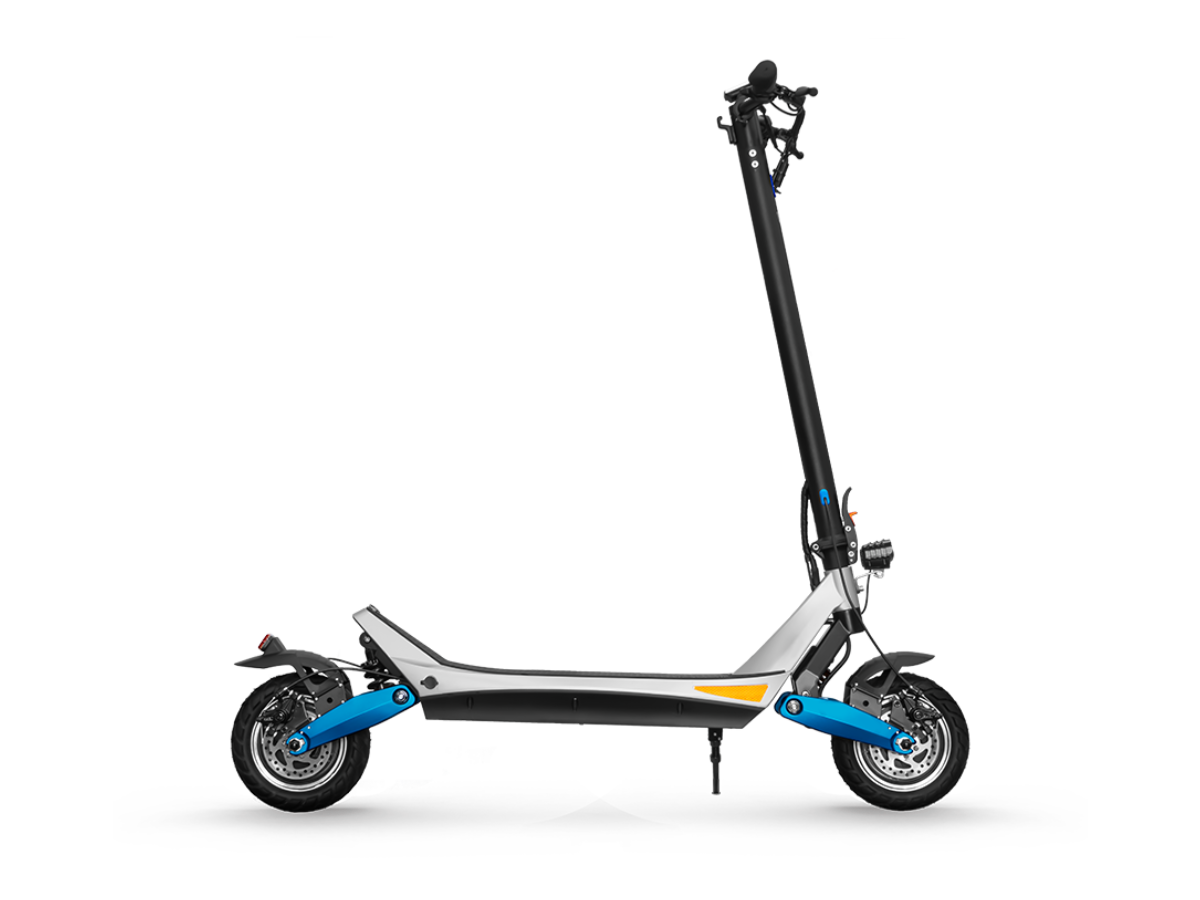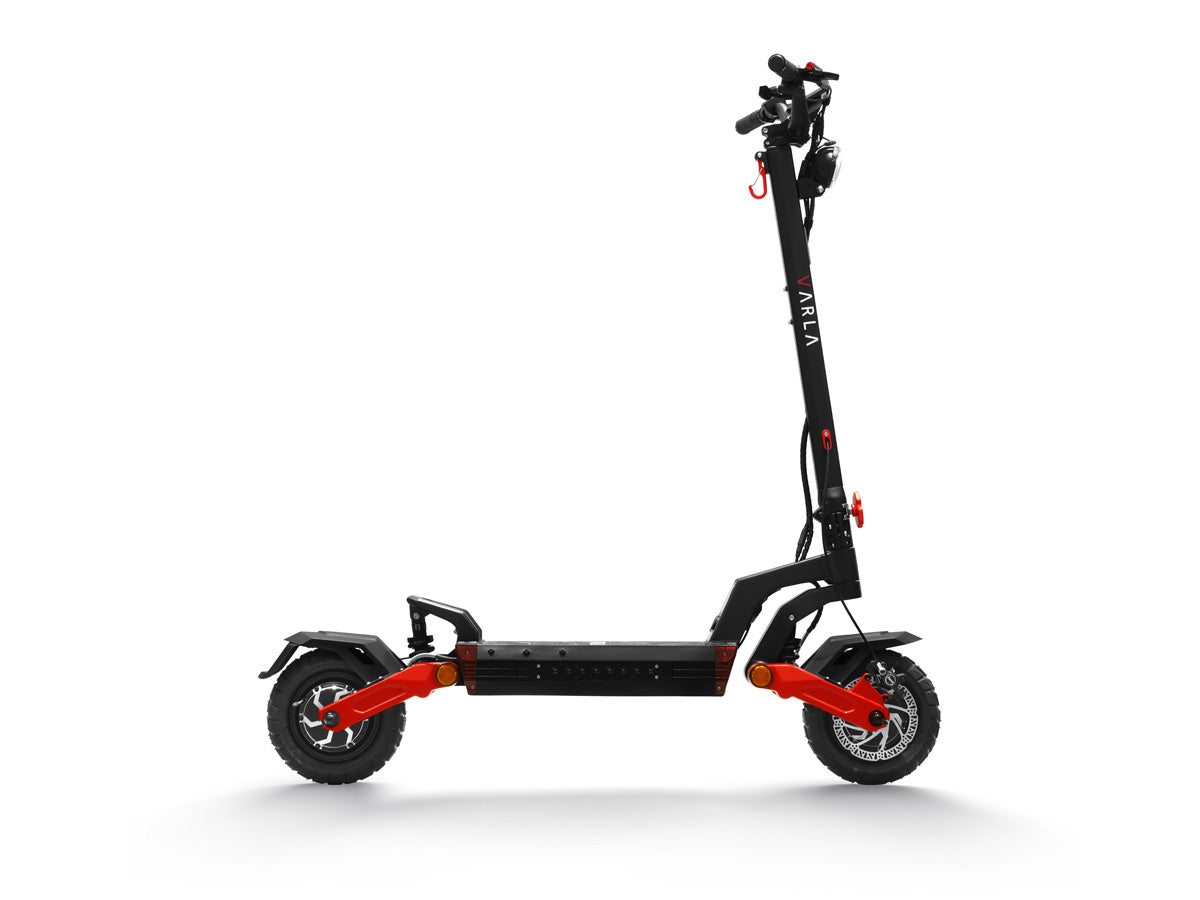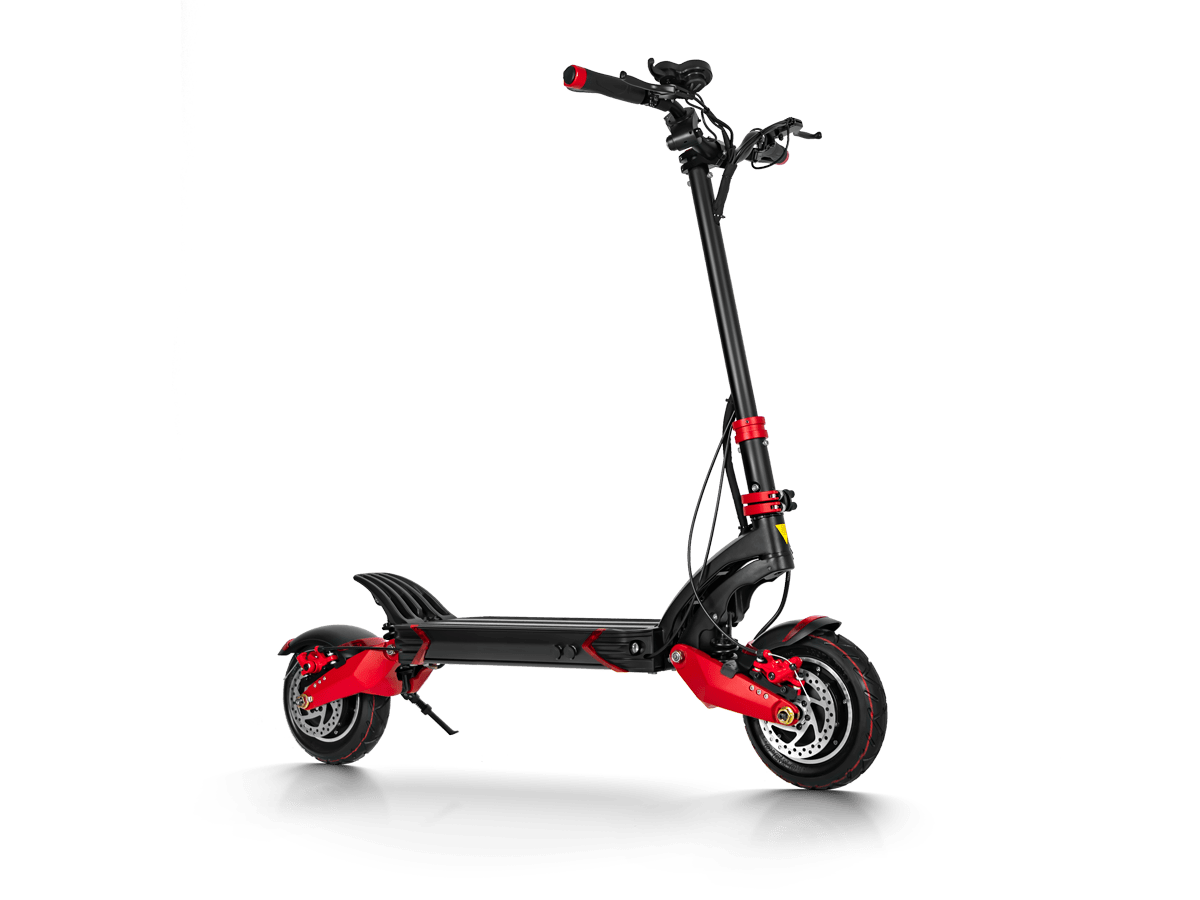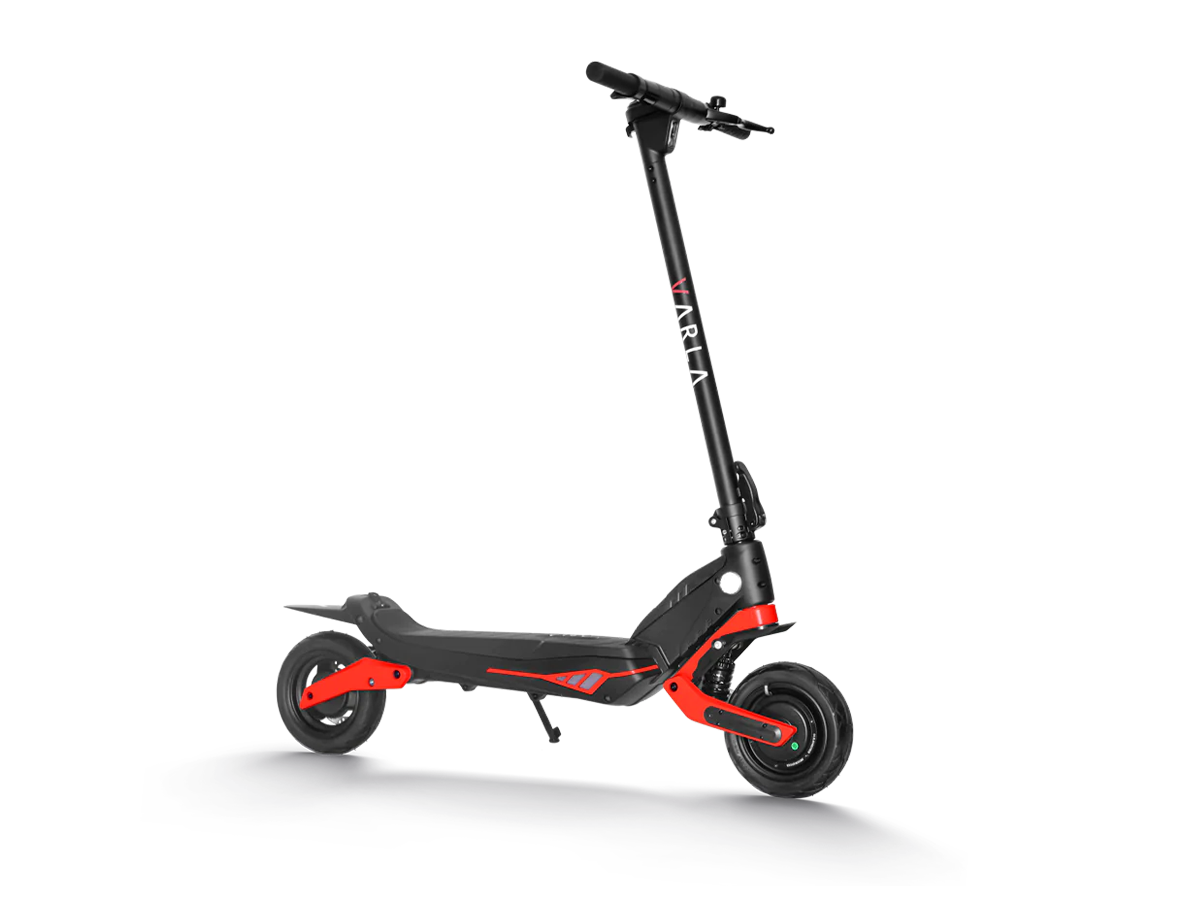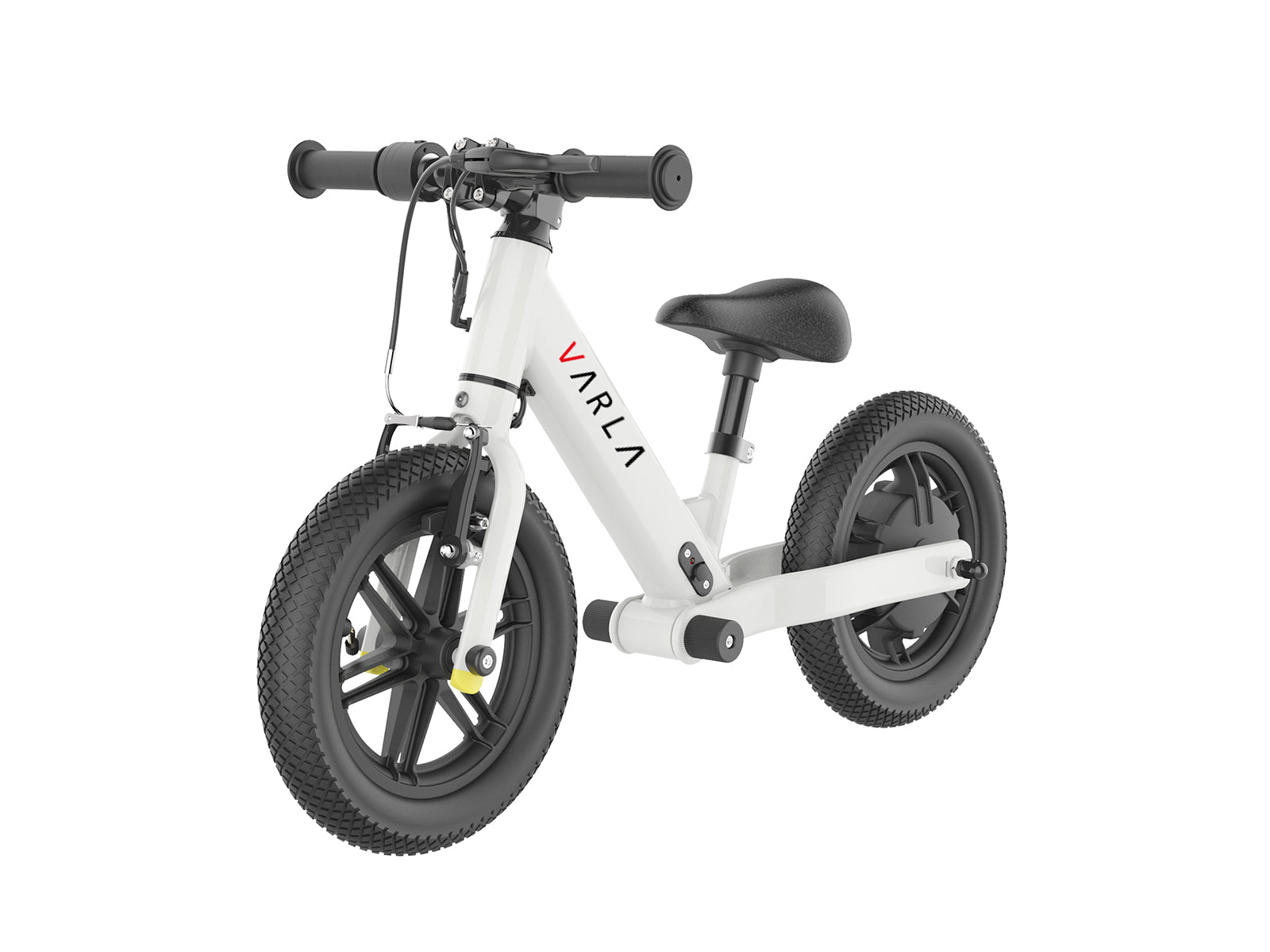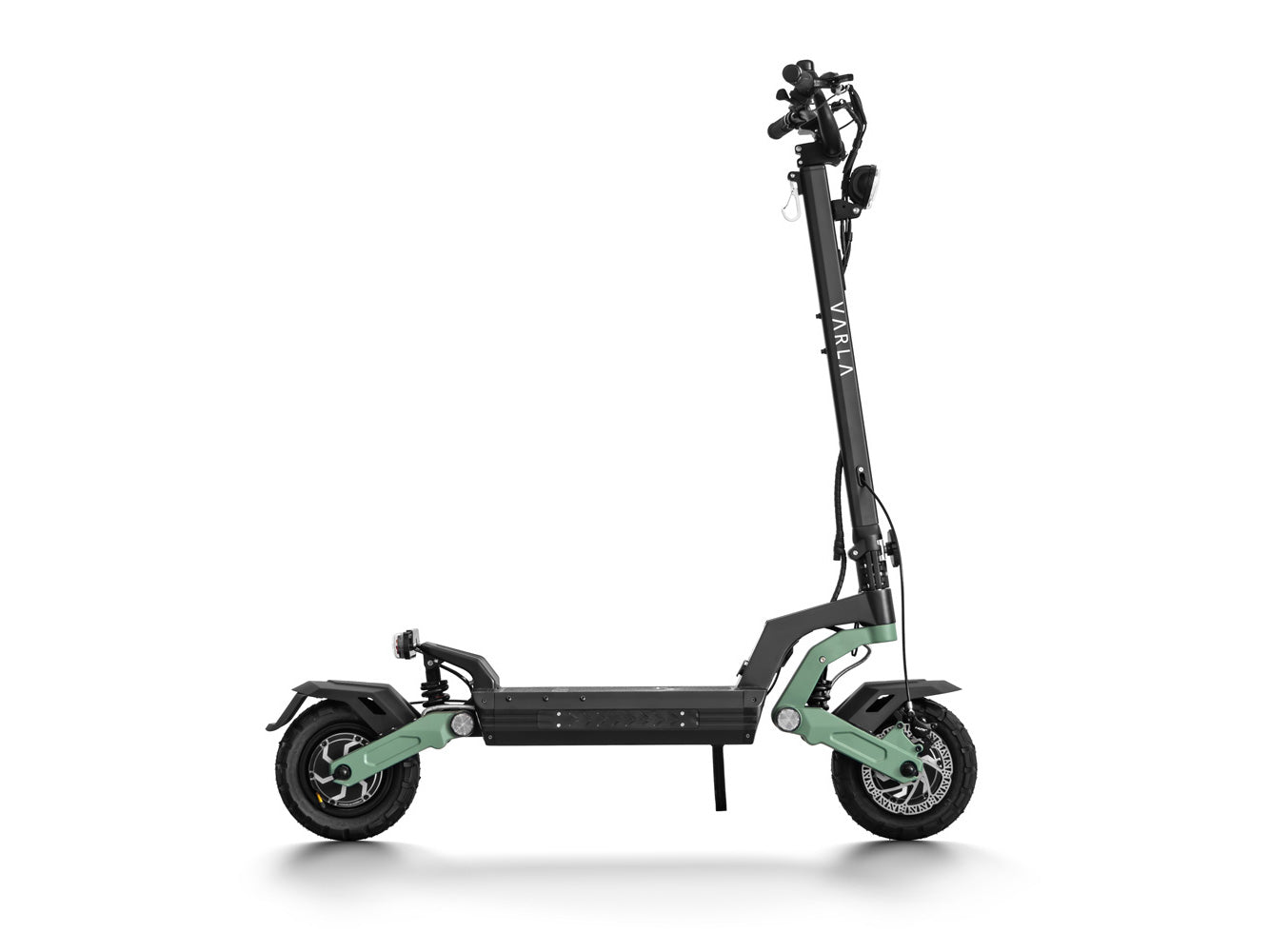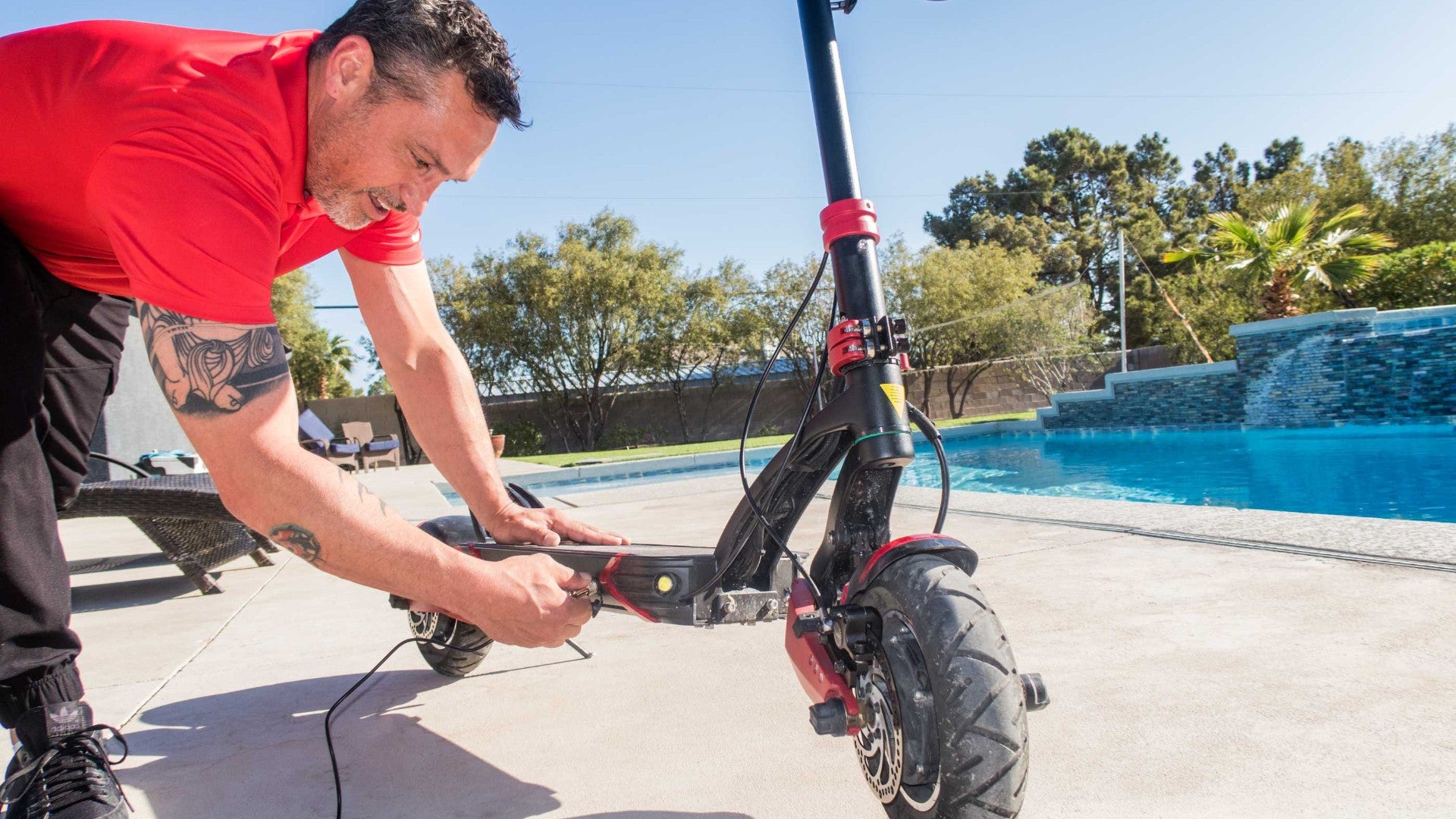
How Often Should I Charge My Commuter Electric Scooter Battery to Prolong Its Lifespan?
Are you the proud owner of a dual-motor electric scooter or other electric scooter you use daily? If so, you know that your scooter's battery is a crucial component that needs to be correctly maintained to ensure optimal performance and longevity.
Even though several factors can affect electric scooter battery lifespan, there are specific best practices for charging it that can contribute to prolonging its lifespan. By following these tips and monitoring the condition of your battery, you can enjoy the full potential of your electric scooter for years to come. Whether you're a seasoned electric scooter rider or a newbie, learning more about maintaining your electric scooter's battery is important.

Why do We Need to Maintenance Electric Scooter Batteries?
Electric scooters are becoming increasingly popular as a convenient, eco-friendly mode of transportation. However, like all batteries, the battery in your electric scooter eventually wears out and may need a replacement. Regardless, proper maintenance can help prolong your battery's life and ensure your electric scooter's optimal performance.
Several types of batteries are commonly used in commuter electric scooters, including lead-acid, nickel-cadmium, and lithium-ion batteries.
Lead-acid batteries are the oldest type of battery. They are the least expensive but also the heaviest and have the shortest lifespan. Nickel-cadmium batteries are more expensive than lead-acid batteries but have a longer lifespan and are lighter. Lithium-ion batteries have the longest lifespan and are the most expensive but lightest.
Factors Affecting Electric Scooter Battery Life
Here are some factors determining your battery lifespan:
- 1. Temperature
High temperatures can degrade the battery faster, while low temperatures can reduce capacity. For example, leaving your electric scooter in a hot car or outside in the sun for an extended period can damage the battery and reduce its lifespan. On the other hand, using your electric scooter in freezing temperatures can also reduce its capacity and range. Therefore, it’s better to take a protection on motor scooter batteries from extreme weather conditions.
- 2. Charging frequency
Frequent charging can cause the battery to degrade faster, while infrequent charging can also affect the lifespan. This is because every time you charge and discharge the battery, it goes through a cycle, which causes some wear and tear. If you charge your electric scooter every day, this causes the battery to degrade faster than if you only charge it once a week.
- 3. Depth of discharge
Discharge depth can cause the battery to degrade faster. If you regularly drain your battery to the point where it's almost empty, it causes more wear and tear than using only half its capacity before recharging. Hence, keeping the battery's charge level between 20% and 80% is better to maximize its lifespan.
- 4. Battery Age
Over time, all batteries degrade and lose capacity. Lithium-ion batteries, typically used in Varla Eagle One, have a lifespan of around 2-3 years, while lead-acid batteries have about 1-2 years. If you use your electric scooter frequently, you'll likely need to replace the battery after this time to maintain optimal performance.

How to Charge an Electric Scooter Battery
Basic Charging Principles
It's essential to follow these basic electric scooters charging principles to ensure the longevity of your electric scooter battery:
A third-party charger can damage the battery and void the warranty.
Overcharging or undercharging the battery can cause it to degrade faster. Learn how to fix your escooter with no charging.
Charging the battery in a confined space can cause it to overheat and potentially catch fire.
Best Practices for Charging Electric Scooter Batteries
In addition to the basic charging principles, you should follow certain best practices when charging your electric scooter battery:
Overcharging the battery can cause it to degrade faster. Leaving the battery connected to the charger after it’s fully charged can cause it to degrade faster.
Charging the battery in extreme temperatures can cause it to degrade faster and potentially catch fire.
When the battery is hot, it’s not a good time to plug in. Charging at this time can cause it to degrade faster.
Different Types of Charging Methods
When it comes to charging your electric scooter battery, there are several methods you can use. Here are the most common ways of charging and their pros and cons:
- 1. Slow Charging
Slow charging is the most gentle charging method and is best for maintaining the health of your battery over the long term. This method usually takes several hours to charge the battery fully, but it minimizes its wear and tear. Slow charging is a good option if you're not in a hurry and want to prolong the lifespan of your battery.
- 2. Fast Charging
Fast charging is a more aggressive method to charge your battery quickly. This method can typically charge your battery in an hour or less, making it convenient to charge your electric scooter quickly. However, it's important to mention that fast charging can also cause your battery to degrade faster due to the increased stress on the cells. It will likely reduce lifespan if you choose to fast charge your electric scooter battery frequently.
- 3. Smart Charging
Smart chargers can adjust the charging rate based on the battery's condition, which can help prolong its lifespan. This method optimizes the charging process by adjusting the voltage and current to the battery's specific needs. Smart chargers can also monitor the battery's temperature. You can get how to prevent overheating the battery. Some electric scooter manufacturers include smart chargers, but you can also purchase them separately.

How Often Should You Charge Your Electric Scooter Battery?
The frequency with which you should charge your electric scooter battery depends on several factors, including the type of battery and how often you use your scooter. In general, it's best to charge your battery after every use, especially if you're using a lithium-ion battery.
If you're using a lead-acid or nickel-cadmium battery, you can wait until it is almost depleted before charging it. Regardless, it's also important to avoid leaving your battery at full charge for long periods, as this can cause it to degrade faster.
Signs of a Dying Electric Scooter Battery
It's essential to recognize the signs that your electric scooter battery may be reaching the end of its life. Some include:
If you cannot travel as far on a single charge as you used to, this may be a sign that your battery is starting to lose capacity.
If your electric scooter is slower to accelerate than it used to be, this may be a sign that your battery is starting to lose capacity.
If it takes longer to charge your battery than it used to, it may be a sign that it is starting to lose capacity.
If your battery starts to swell, this is a sign that it may be damaged and needs immediate replacement.
If your battery gets hot during use or charging, it may be a sign that it's damaged and needs replacing.
Conclusion
Maintaining the battery in your electric scooter is vital to ensuring optimal performance and prolonging its lifespan. By following proper charging practices and monitoring the battery's condition, you can help ensure that your electric scooter with seat provides reliable transportation for years.
Always use the manufacturer's charger, charge at the right voltage in a well-ventilated area, and avoid overcharging or charging in extreme temperatures. Allow a professional to inspect your battery if you see any indications that it may be approaching the end of its useful life. This enables you can get the most out of your electric scooter.
Newletter
Promotions, new products and sales. Directly to your inbox.
